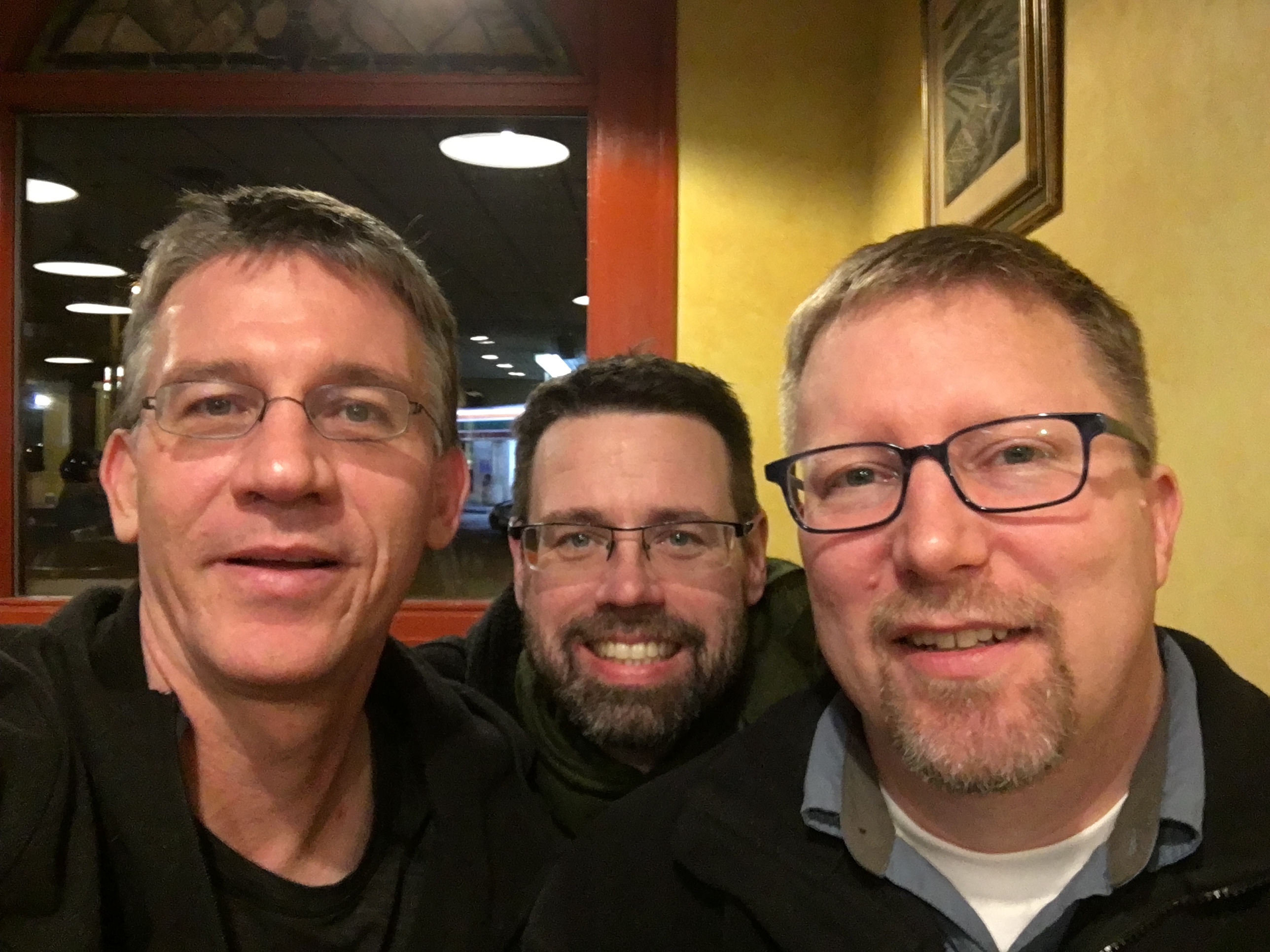Master Mind Protocol
Tuning into abundance is important. Abundance means growing is easier – you can tap into the strengths available in the Universe, in your Higher Self, and in the people around you rather than having to do it alone. In our society, there aren’t many places where you can specifically work on strengthening your ability to tune into abundance. So I want to talk about one way to do that. I’ve found it useful. These last few years, I’ve been in a Master Mind group. Master Mind groups were popularized by Napoleon Hill starting in the 1930s. There are many ways to do this practice, and I’m going to share the way I learned it from the Wellness Institute. A Master Mind group is a small group of people (2-5, but ideally 3 or 4) who agree to meet on a regular basis to help each other grow or achieve goals. My Master Mind meets once every 2 weeks, but once a month is also common. You can pick a frequency that works for you. The key thing is to meet regularly. Having a particular place to meet helps too (a cafe, restaurant; or rotating between members houses also works). Here is what we do when we meet up: We find the regular meeting time and place really helps create a sacred space. So what does this practice actually do? It gives you a regular place to meet with people to talk about your growth. There’s no money involved, and the Master Mind partners usually don’t want anything from you other than your fellowship and help with their own growth. Since you meet regularly, your Master Mind partners will come to know you and what you’re working on, and that provides some kind of accountability. Accountability in this context is simply being responsible for what you say you want. It sounds simple. So how does it help me connect with abundance? For me, it’s magical to hear other people who really know me tell me I’m going to achieve my goals or receive the strengths that I want. That just doesn’t happen very often in any other area of my life. Those affirmations are really healing. It’s healing because I am putting myself in the state of mind of asking for help for my growth and healing, and then getting that help from friends who believe in me. When my friends use their positive outlook and knowledge of what I need to intuit affirmations, and say them to me out loud, I find this super-charges my intention. Doing it regularly has brought me amazing positive change and healing. Thanks to the Wellness Institute and their Personal Transformation Intensive (PTI) trainings – highly recommended personal growth work! Master Mind groups are an integral part of PTI. Thanks also to Jennifer Kogut for help with the Master Mind principles document.
Resources
Appreciations




